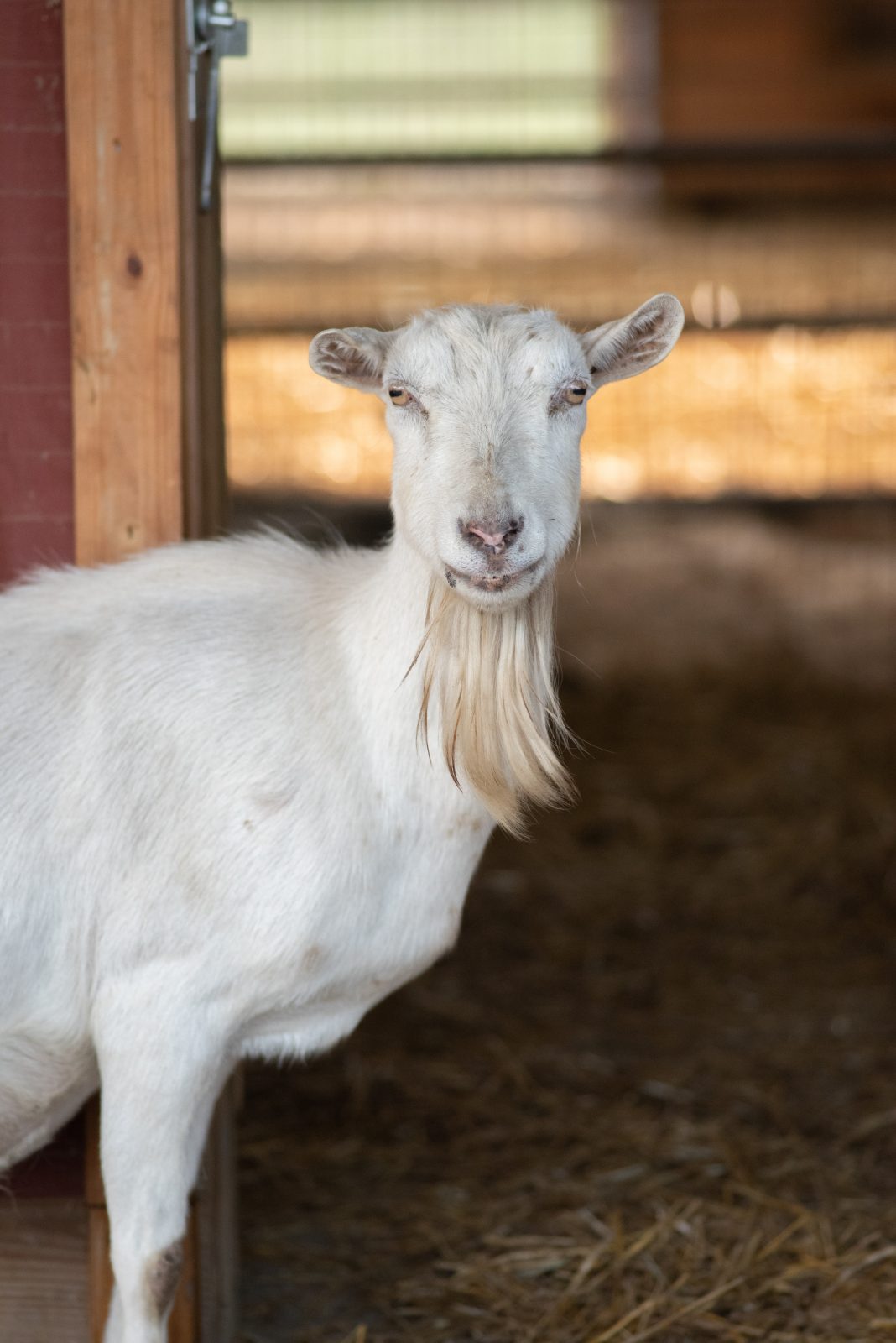Despite a life cut short due to improper care, we’re glad Shirley finally knew the peace, love, and support she deserved. And we have hope.
People sometimes ask why we do our work, considering that these rescued animals might not have the longest lives. Our answer: an act of kindness is never wasted. Of course, it’s heartbreaking to lose a treasured friend. But these animals, whether they’re here for a day or a decade, matter.
We owe it to each rescued friend to provide whatever comfort we can—especially since humankind has caused them so much suffering. And in sharing Shirley’s story, we can keep her memory alive and perhaps help improve the lives of others.













